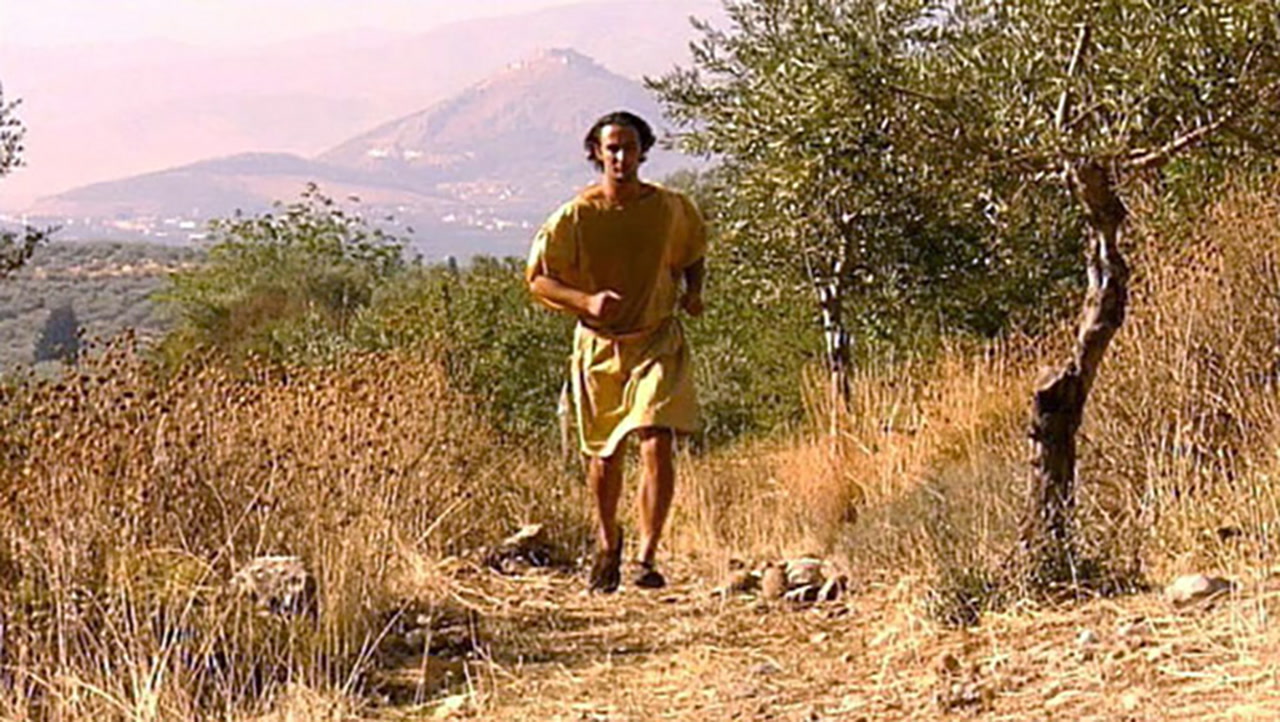

In the winter of 400-399 the Spartans sent an army to Asia Minor under the command of Thibron. They may also have been concerned by the damage done to their reputation by their alliance with the Persians, and so they agreed to intervene. The Spartans had provided some support for Cyrus, and so probably felt that they were already compromised.

He besieged but failed to capture Cyme, and in response the Greeks of Asia Minor called for Spartan help. In the aftermath of this revolt Tissaphernes was given Cyrus's old posts and the task of punishing Artaxerxes's enemies. His Greek troops were victorious on their part of the battlefield, and later reached safety after the famous 'March of the 10,000'. Cyrus penetrated into the heart of the Persian Empire, but was defeated and killed at Cunaxa (400 BC). This army included a significant Greek contingent, although the Greeks might not have known what Cyrus had planned when they signed up. However Cyrus had his eyes on the throne, and began to raise an army with which he intended to overthrow his brother. The Greek cities of Asia Minor preferred Cyrus, and supported him in his struggle against Tissaphernes. He then found himself in dispute with the satrap Tissaphernes, who had the Emperor's support. Cyrus was accused of treachery at the very start of his brother's reign, but was pardoned and returned to his posts in Asia Minor.

In 404 BC Darius died, and was succeeded by his older son, who ruled as Artaxerxes II. Towards the end of the Great Peloponnesian War the Spartans had greatly benefited from the support of Cyrus the Younger, a younger son of the Persian emperor Darius II. They were soon distracted by the Corinthian War in Greece, and at the end of the war sacrificed their original allies in order to maintain their position of power at home. The Persian-Spartan War (400-387 BC) saw the Spartans break with their former supporters in Persia and attempt to replace the Athenians as the defenders of the Greeks of Asia Minor.


 0 kommentar(er)
0 kommentar(er)
